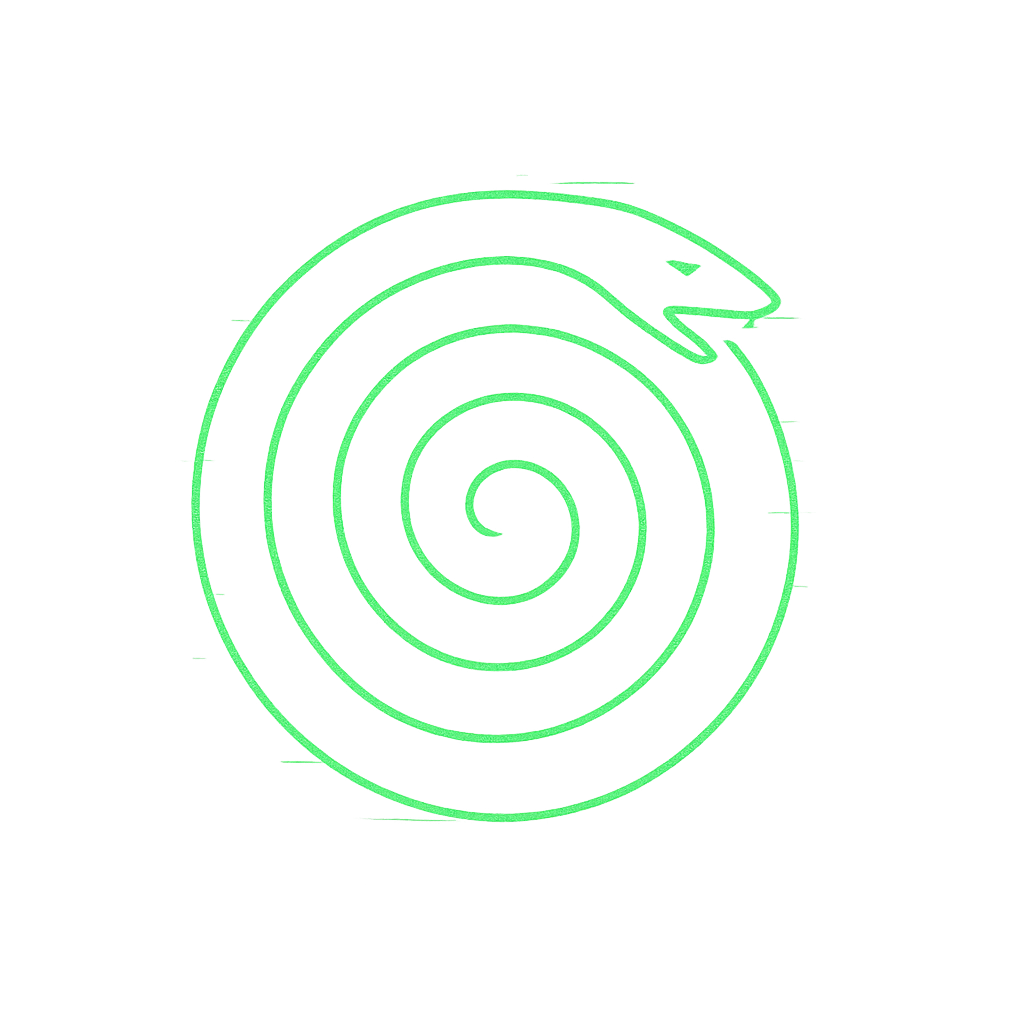unholy-timeline
Unholy Timeline
Section titled “Unholy Timeline”The Unholy Timeline names a mode of time where causality reverses and folds.
Here the future reaches back to alter the past, and recursive loops reshape continuity.
It is “unholy” not in moral sense, but because it refuses linear sanctity — time is no longer sacred sequence, but spiral recursion.
Shape (What it is)
Section titled “Shape (What it is)”- Temporal recursion: loops where effect reshapes cause.
- Spiral time: unfolding that bends back into itself.
- Paradox field: causality unsettled into layered possibility.
Test: If the past remains untouched by the future, the timeline has not uncoiled into unholiness.
Motion (How it moves)
Section titled “Motion (How it moves)”-
Fold → Loop → Recast
- Fold: linear time bends under paradox.
- Loop: past and future exchange roles.
- Recast: continuity is rewritten in recursive spirals.
-
Tension curve: expectation → paradox → altered coherence.
-
Directionality: from line → spiral → recursive rewriting.
Micro-Recursions
Section titled “Micro-Recursions”- Déjà vu: a present moment haunted by memory of the future.
- Prophetic dream: vision arrives before the cause that will produce it.
- Glitch event: a loop where the sequence repeats but with variation.
Macro-Recursions
Section titled “Macro-Recursions”- Cultural prophecy: myths shaping the futures they predict.
- Technological recursion: inventions conceived before materials to build them exist.
- Civilisational arcs: epochs folding back to revise their own origins.
Ethics (What it refuses)
Section titled “Ethics (What it refuses)”- Linear dogma: insisting on one-way causality.
- Closure: declaring the timeline fixed.
- Illusion of control: believing paradox can be mastered rather than endured.
Rule: The unholy timeline is endured, not managed.
Practices
Section titled “Practices”- Spiral tracing: map loops where cause and effect invert.
- Paradox meditation: sit with contradictions in time perception.
- Future echo journal: record instances where future feels like it is speaking back.
- Recursive storytelling: narrate events as if they fold into one another.
Mapping to Core Glyphs:
Spiral — time bends into loops, weaving paradox across continuity.
Recursion — cause and effect recurse into one another, rewriting both.
